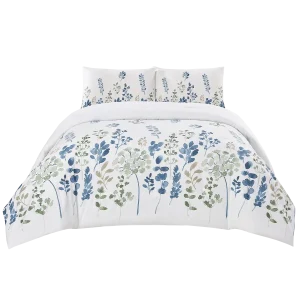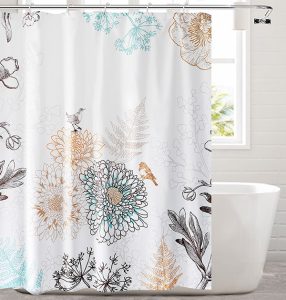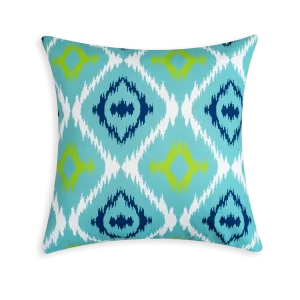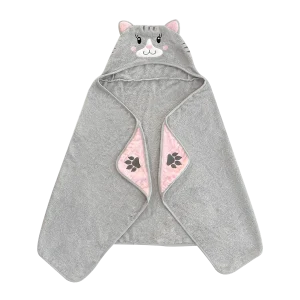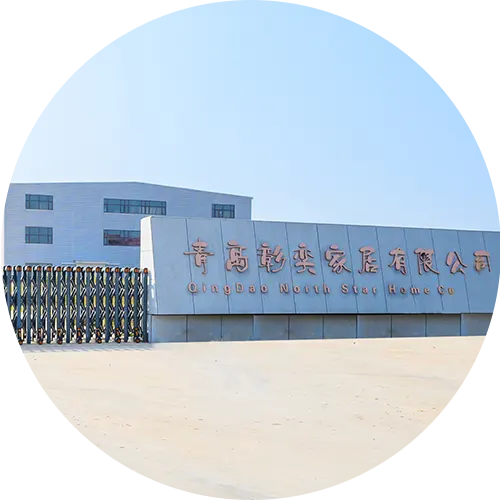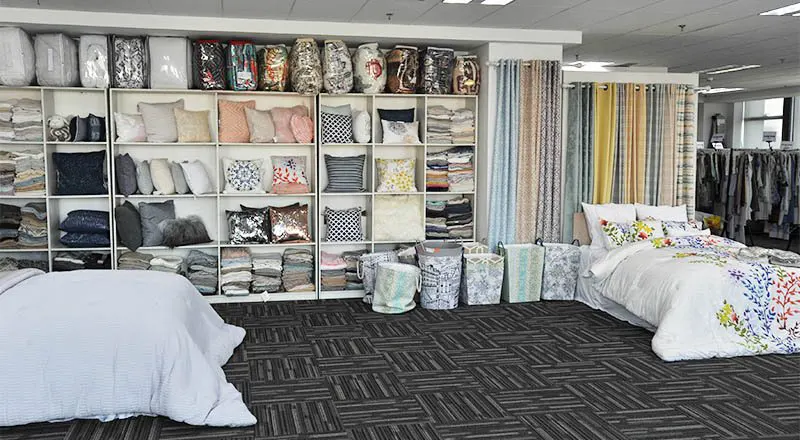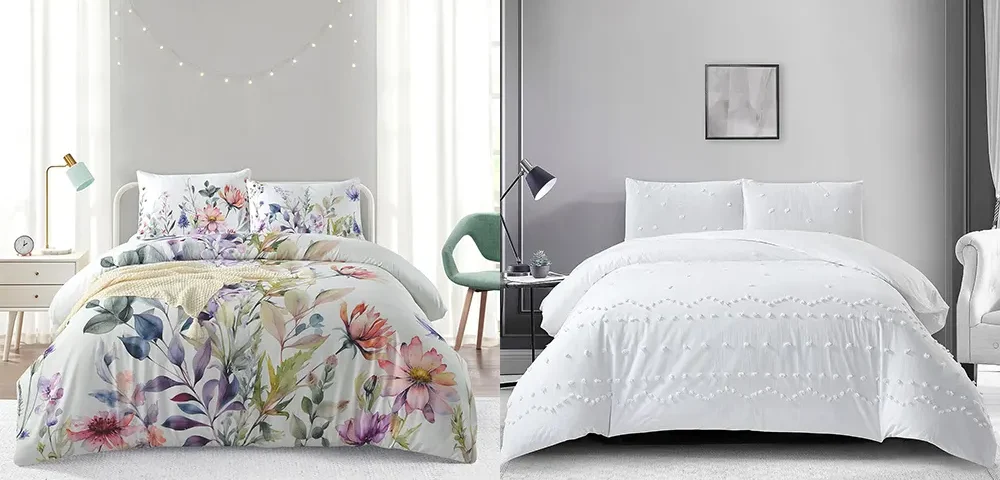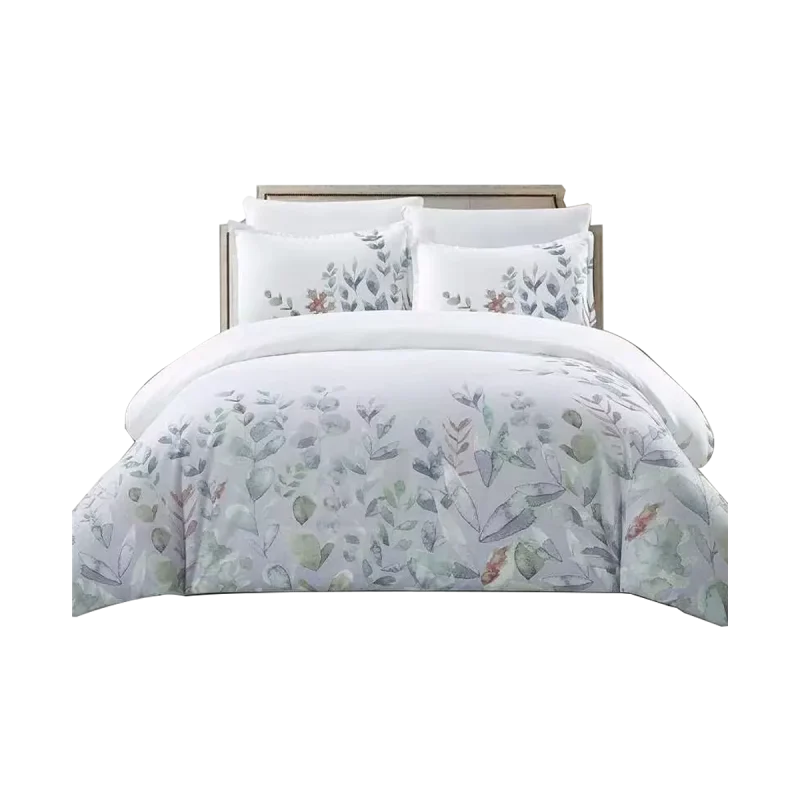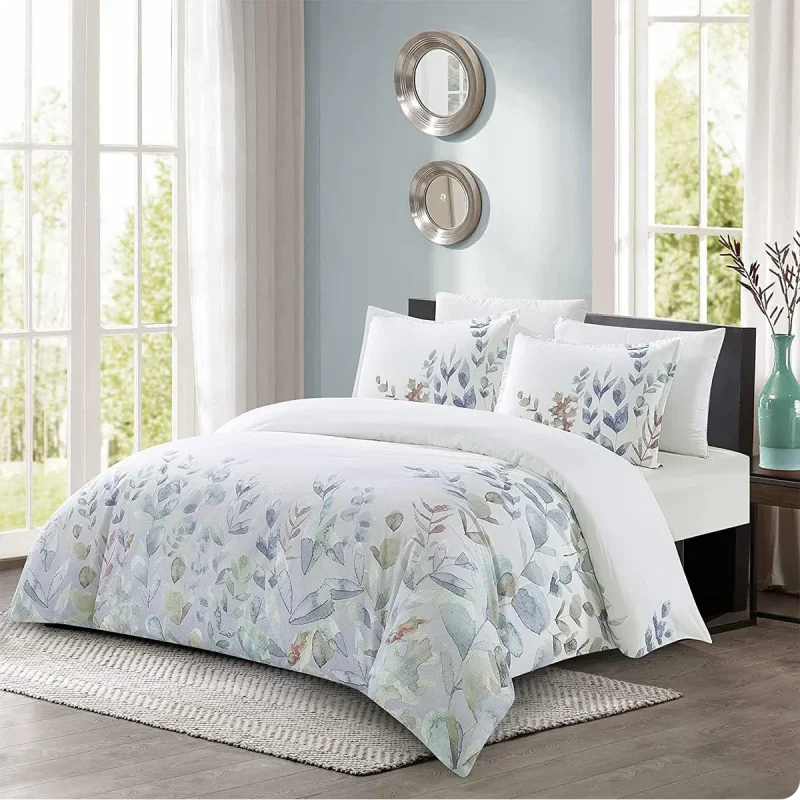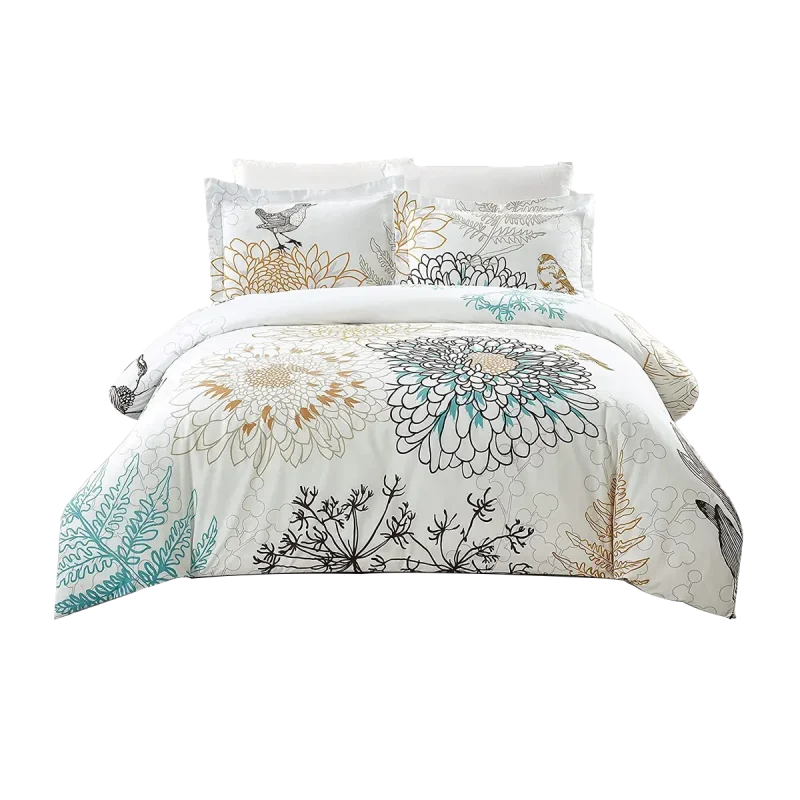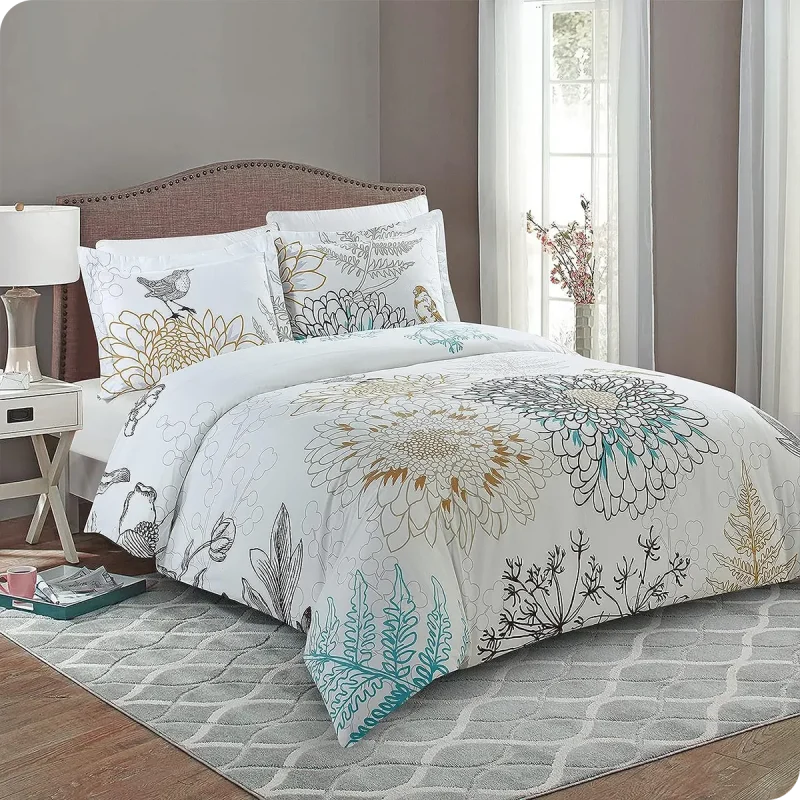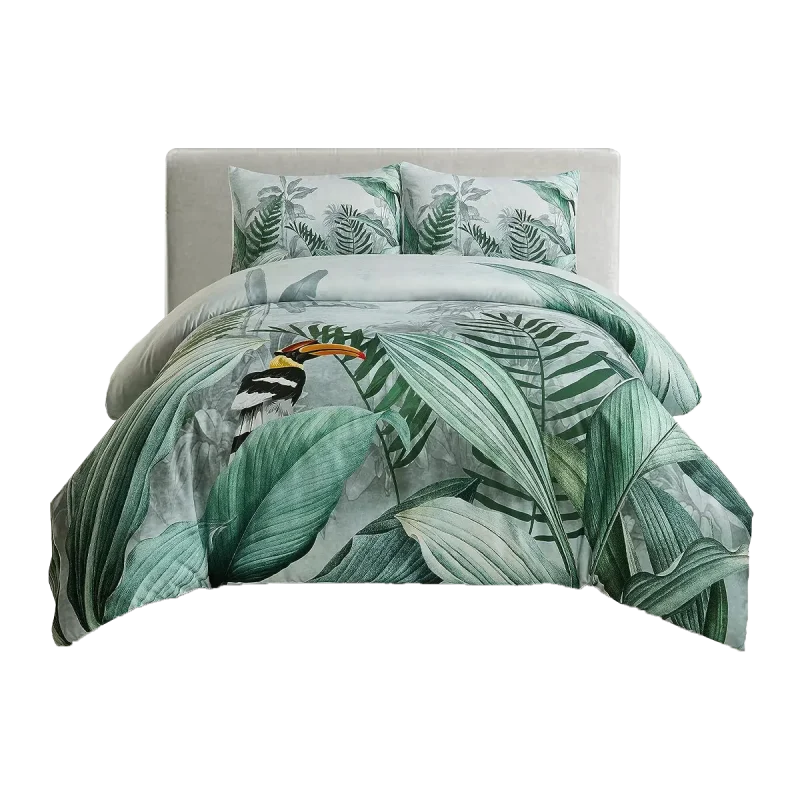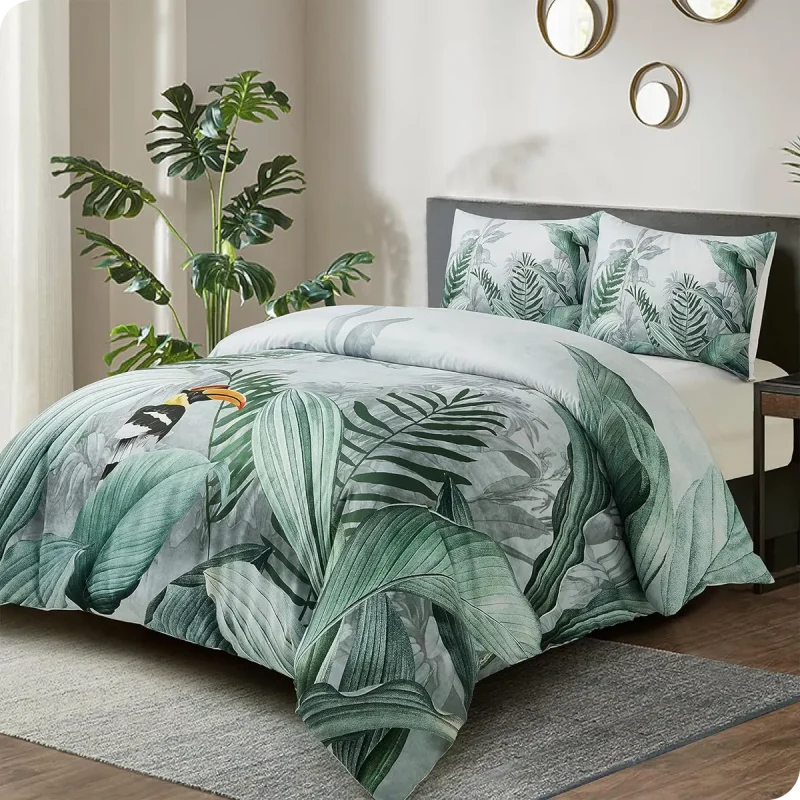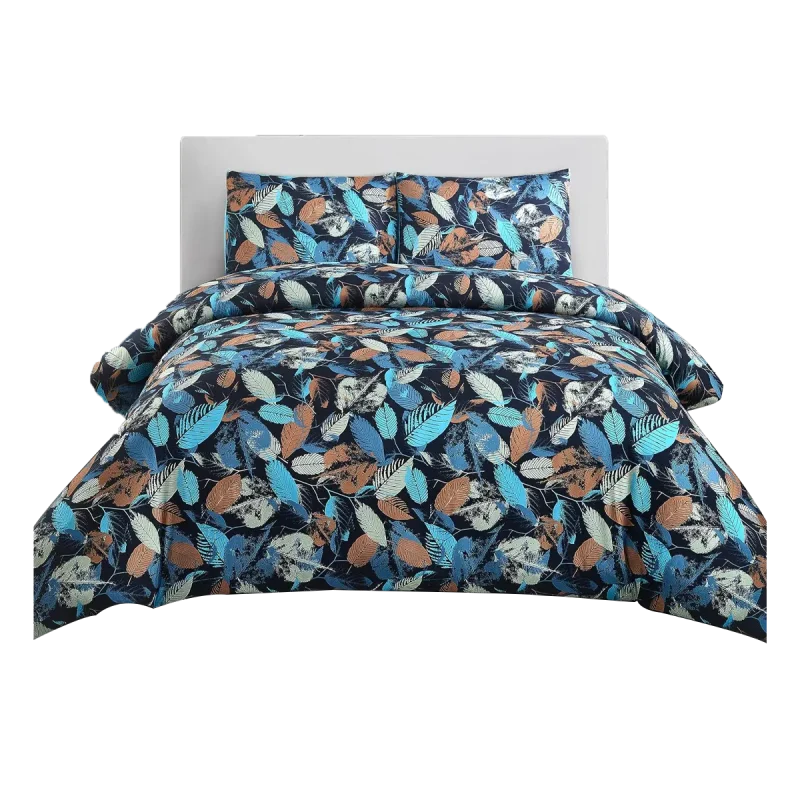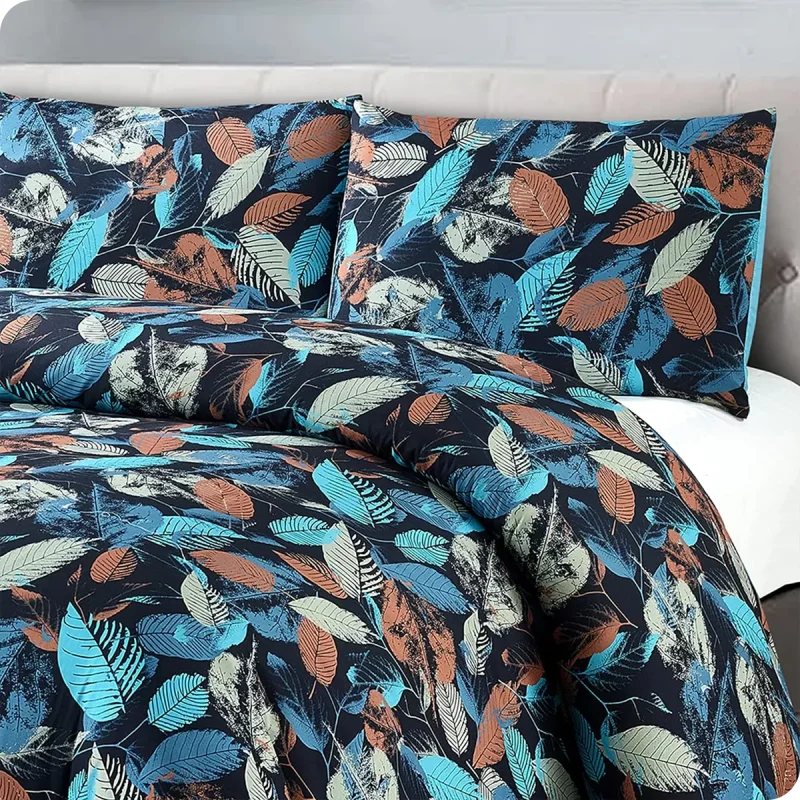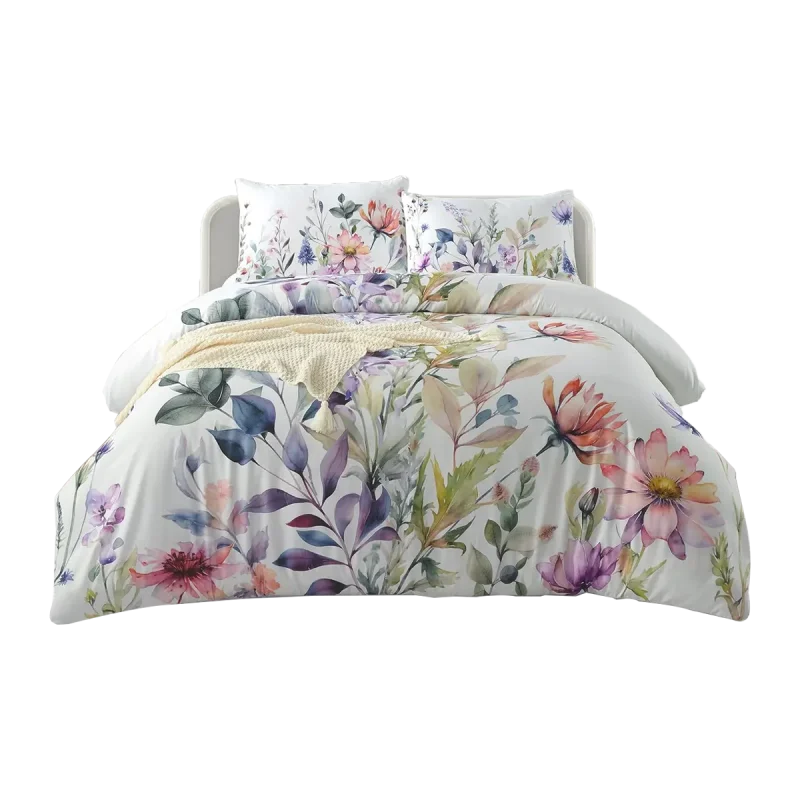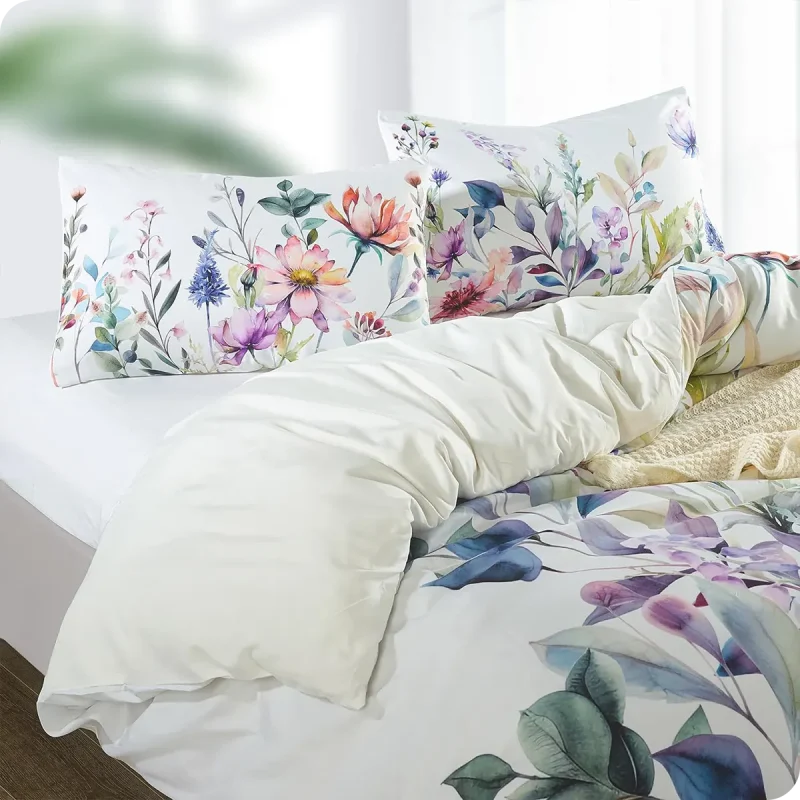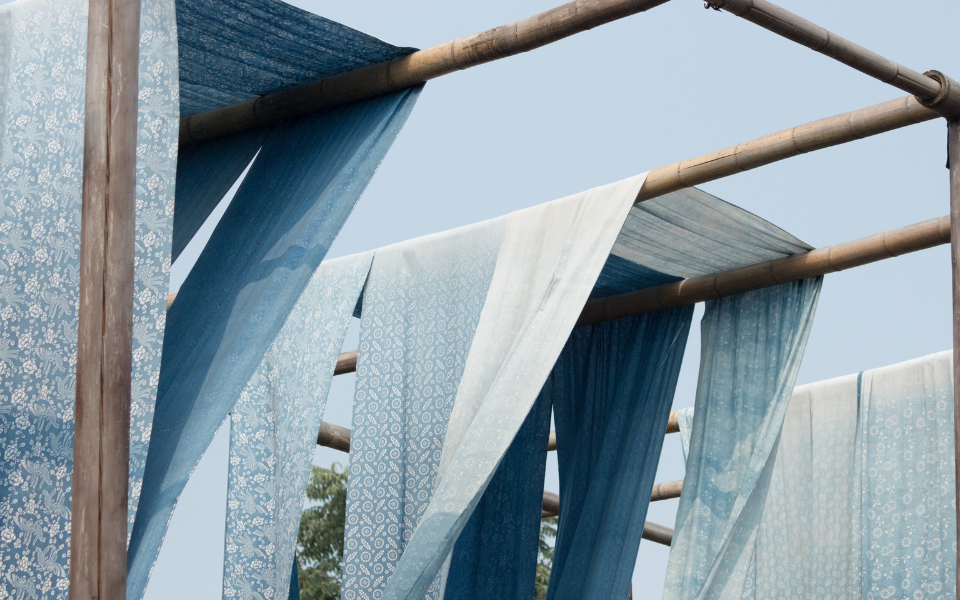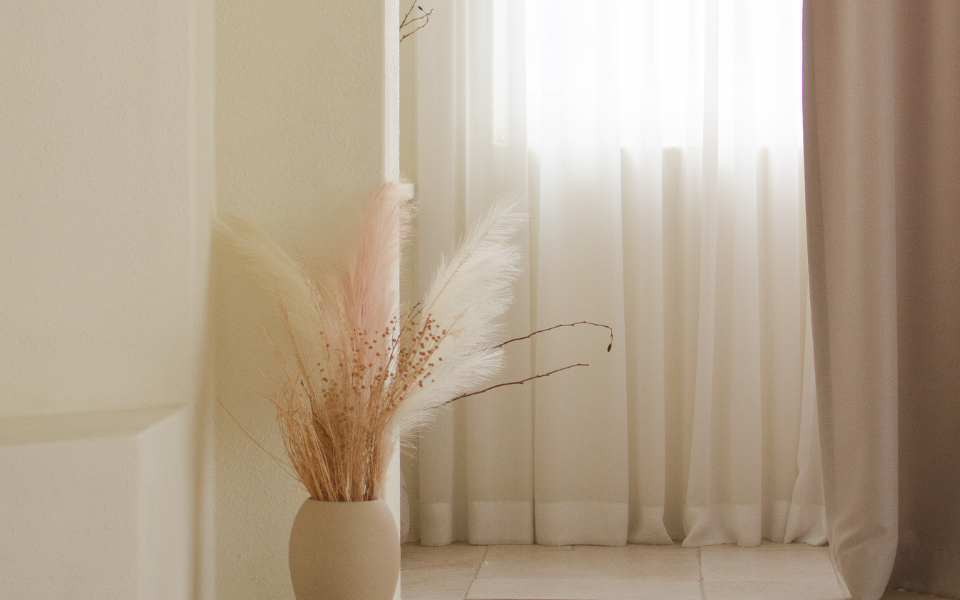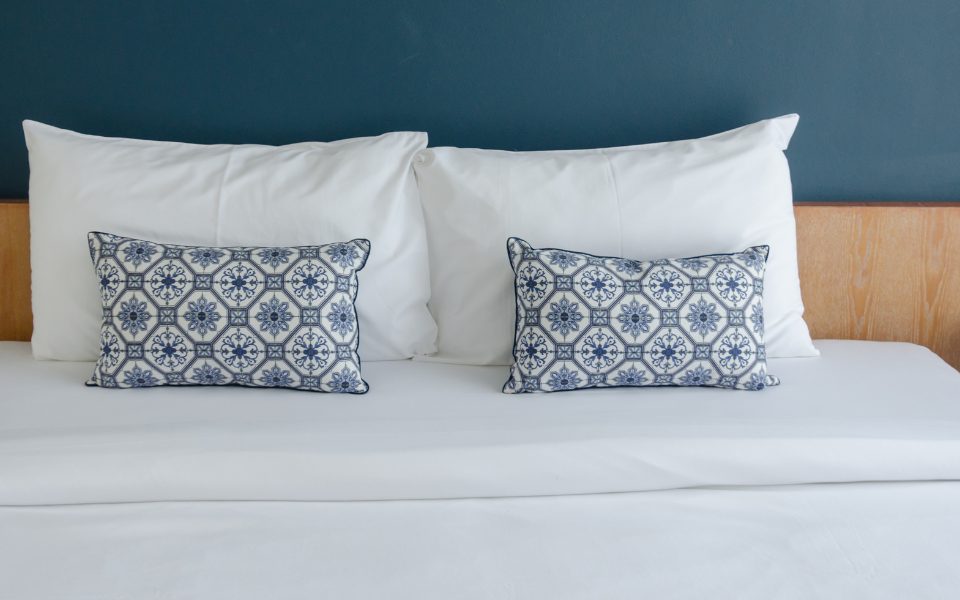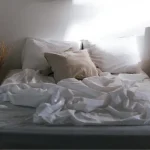
Tips for Purchasing Eco-Friendly Cooling Eucalyptus Sheets
January 17, 2024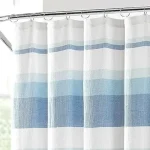
The pros and cons of Various Shower Curtain Materials
January 29, 2024- What is a duvet cover used for?
- Why is duvet cover so expensive?
- Is there a difference between a duvet and a duvet cover?
- What is the difference between a duvet a comforter and a duvet cover?
- How much bigger should a duvet cover be than the duvet?
- Should a duvet cover be bigger than the bed?
- What can I use instead of a duvet cover?
- Can you just use a duvet cover by itself?
- What is the most comfortable duvet cover?
- What is the most comfortable material for duvet cover?
- What is the most breathable duvet cover material?
- What is the best fabric for a down duvet cover?
- What advantages come with buy duvet covers in bulk from a manufacturer?
What is a duvet cover used for?
A duvet cover is a fabric shell that is intended to protect and encapsulate a duvet, which is a blanket or comforter that is a soft, flat bag filled with feathers, down, or synthetic fibers. A duvet cover’s main function is to shield the duvet from dirt and harm by acting as a protective covering. Duvet covers also provide aesthetic benefits, enabling users to simply alter the design and appearance of their bedding without having to replace the entire duvet. Their conventional fastening, like buttons or a zipper, makes it easy to put the duvet in and take it out. The bedroom is made more functional and aesthetically pleasing with the addition of duvet covers, a chic and adaptable bedding item.
Why is duvet cover so expensive?
There are several reasons why duvet covers might be pricey. First and foremost, the fabric’s quality is important. Expensive materials add to the total cost, such premium cotton or linen. Intricate designs, excellent craftsmanship, and meticulous attention to detail during the production process can further raise the cost. The price of duvet covers is also affected by brand repute and exclusivity, as well as by any extra features like buttons, ties, or closures. In the end, the cost is frequently indicative of the quality of the materials and the degree of skill that go into making an opulent and long-lasting product.
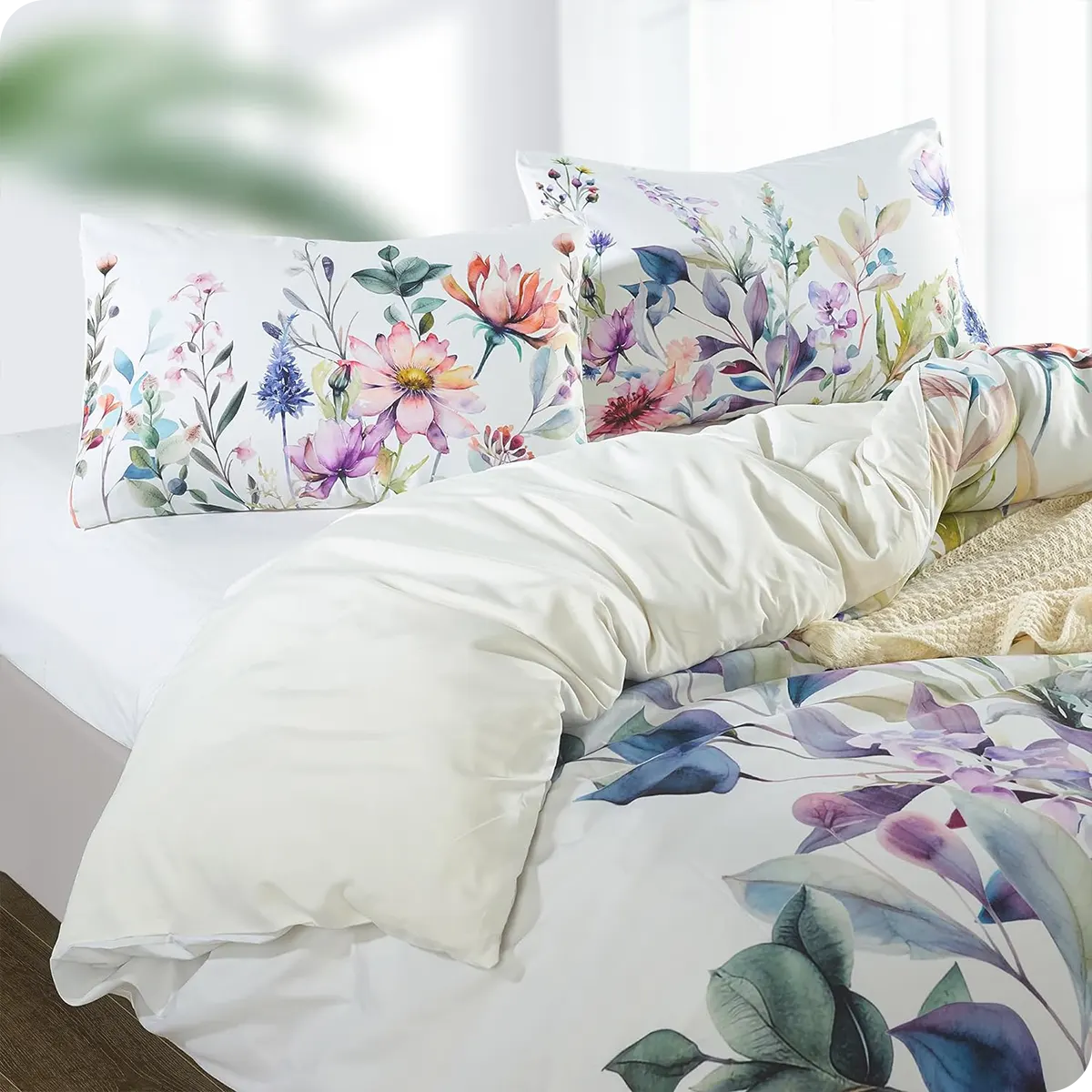
Is there a difference between a duvet and a duvet cover?
A duvet and a duvet cover are not the same thing. Warmth and comfort are provided by a duvet, which is a soft, flat piece of bedding stuffed with down, feathers, or synthetic fibers. A duvet cover, on the other hand, is an easily detachable fabric shell that both protects and adds style to the duvet. The duvet cover adds flair, makes washing simple, and allows you to personalize the overall design of your bedroom, while the duvet offers insulation.
What is the difference between a duvet a comforter and a duvet cover?
A duvet is a soft, flat bag filled with down, feathers, or synthetic fibers, used as a blanket. A comforter is similar but typically thicker and quilted. A duvet cover is a protective fabric case that encases either a duvet or a comforter, providing a decorative layer and easy washing. While a duvet and a comforter come pre-filled, a duvet cover allows for customization and easy maintenance, making it a versatile and practical bedding accessory.
Ideally, a duvet cover should fit the duvet it is meant to cover by a small amount. This makes it possible for the duvet to fit correctly and guarantees that it will stay safely within the cover. To properly fit the duvet and keep it from moving or bunching within the cover, a size difference of around 2 to 3 inches on either side is advised. This additional area makes the duvet cover easier to put on and take off for cleaning in addition to improving its aesthetic appeal.
Should a duvet cover be bigger than the bed?
A duvet cover shouldn’t, in general, be larger than the bed. A duvet cover should ideally fit the duvet or comforter it is meant to cover in terms of size. Excessively huge duvet covers can be inconvenient to use and have an ugly, unkempt appearance. Selecting a duvet cover that fits snugly and matches the size of the bed is advised in order to create a tidy and attractive appearance.
What can I use instead of a duvet cover?
You may use a duvet insert with a fitted sheet or flat sheet in place of a duvet cover. The soft, thick blanket-like duvet insert is part of a bedding set; utilizing a fitted or flat sheet gives you a layer of protection and makes it simple to wash and replace the sheets. This substitute keeps your duvet insert tidy and in good condition while still offering comfort and customization options for your bed.
Can you just use a duvet cover by itself?
Yes, a duvet cover can be used by itself. A duvet cover is designed to encase and protect a duvet or comforter. It typically features a removable cover with a closure, such as buttons or zippers, making it easy to put on and take off for washing. While a duvet cover adds a decorative touch to the bed, it doesn’t provide the warmth or insulation on its own. To experience the full comfort and warmth, a duvet insert or comforter can be placed inside the duvet cover.
What is the most comfortable duvet cover?
Although the most comfortable duvet cover is generally a matter of taste, fabrics such as premium cotton, linen, or microfiber are frequently preferred because to their softness and breathability. Comfort is also influenced by elements including weave, fabric quality, and thread count. In the end, selecting a duvet cover that complements personal preferences for weight, texture, and upkeep guarantees a comfortable and peaceful night’s sleep.
What is the most comfortable material for duvet cover?
The best material for a duvet cover is a matter of taste and personal choice. But a lot of individuals discover that natural fabrics like cotton—especially fine Egyptian or Pima cotton—provide really comfortable wear. Cotton is renowned for its durability, softness, and breathability. Furthermore, linen’s inherent texture and breathability are valued for creating a cozy and unwinding atmosphere.
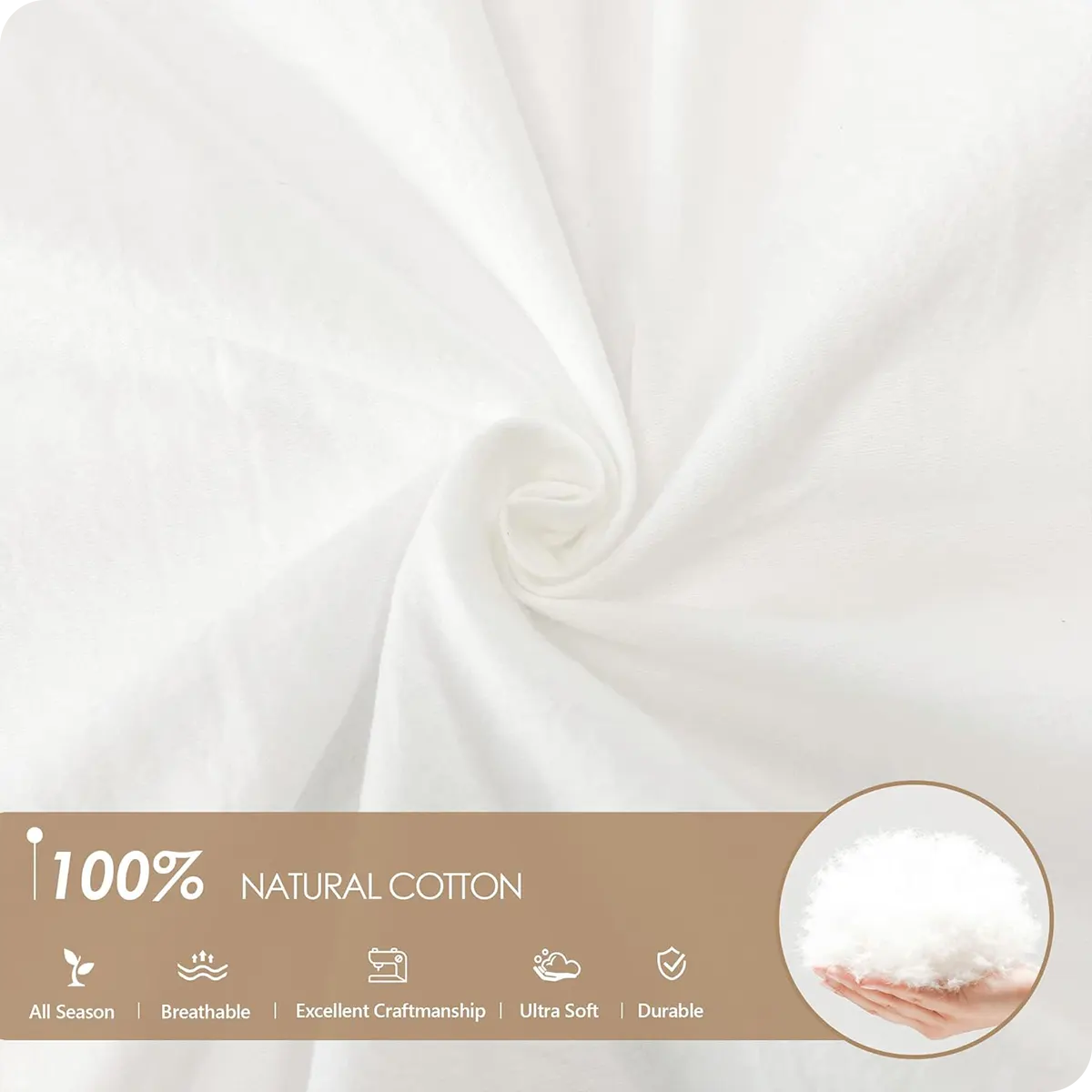
What is the most breathable duvet cover material?
Natural textiles like cotton or linen are frequently the most breathable fabrics for duvet covers. Cotton is well renowned for being breathable, which promotes airflow and moisture absorption and makes it perfect for a relaxing night’s sleep. Because of its rough weave, linen is incredibly breathable, encouraging airflow and giving off a cool vibe. These materials improve overall comfort and help control body temperature while you sleep.
Usually, a premium cotton mix or 100% cotton works best for a down duvet cover. Cotton is preferred because it is soft, long-lasting, and breathable. It ensures that the down filling’s inherent insulating qualities are maintained by enabling the best possible ventilation. Cotton is also a hypoallergenic material with a plush texture, which makes it a great option for a duvet cover that extends the life and comfort of your down-filled bedding.
What advantages come with buy duvet covers in bulk from a manufacturer?
Purchasing wholesale duvet covers straight from the producer provides a number of benefits. In the first place, it cuts out the intermediary, saving money and offering more affordable pricing. Direct engagement with producers also guarantees improved customization choices, quality assurance, and compliance with certain specifications. More direct supply chains and quicker production turnaround times make inventory management easier. With over 20 years of expertise in the textile production industry and as a supplier to major supermarkets, Alpha Textile is the ideal option.

